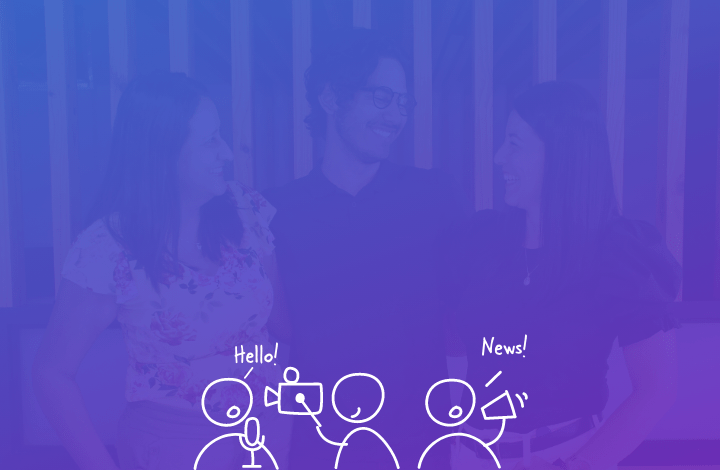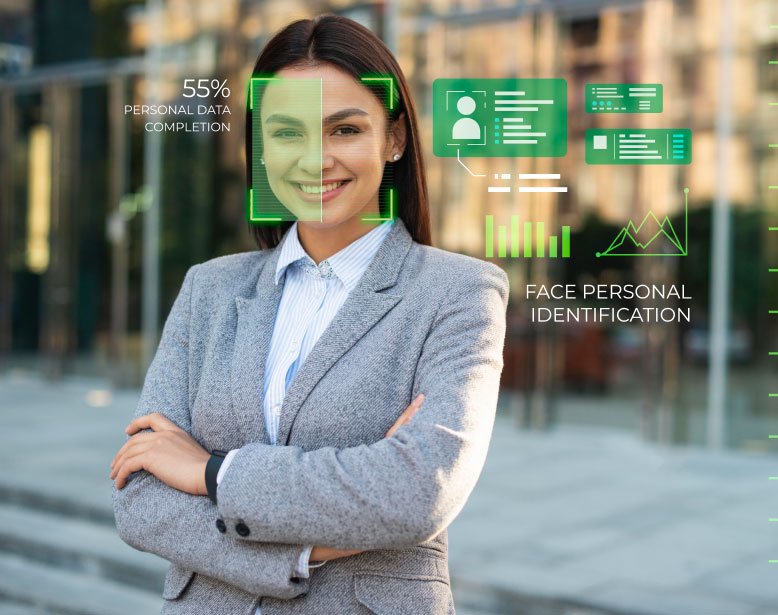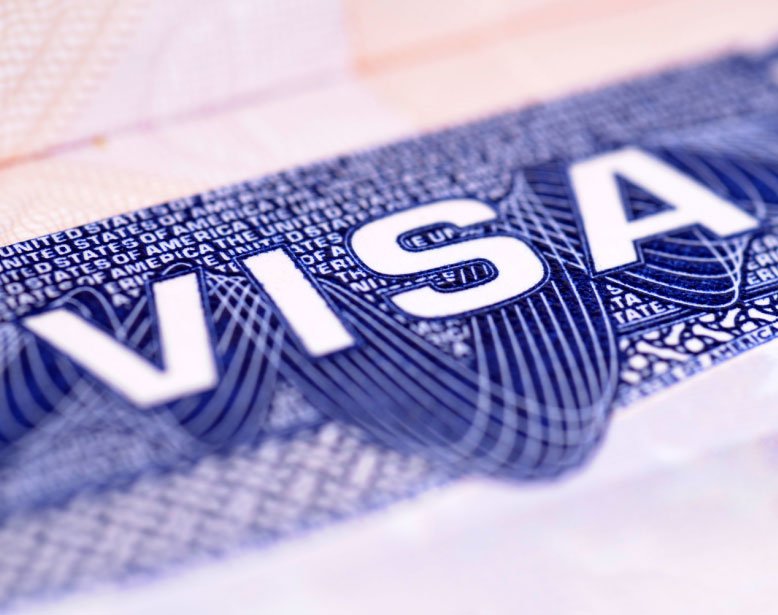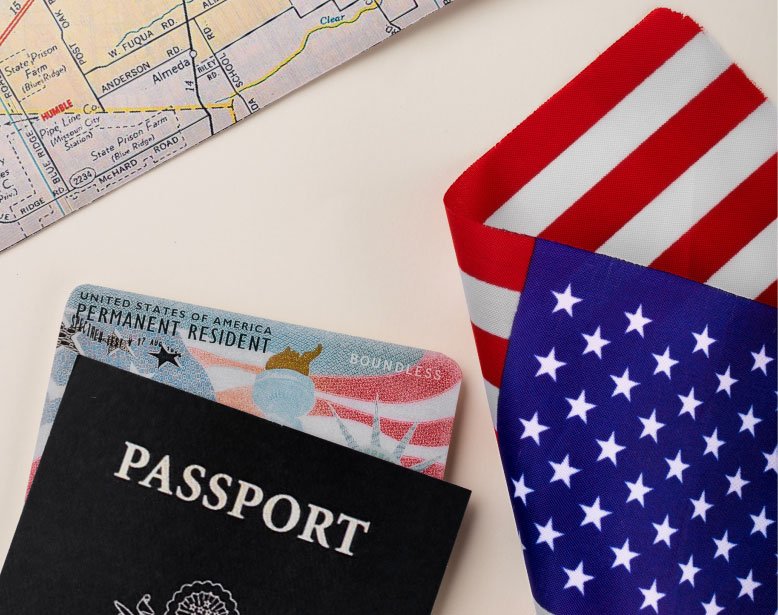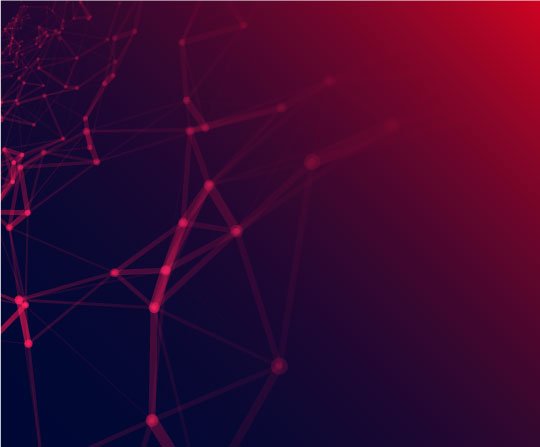October 6, 2025

Software Development Outsourcing
AI Hiring Verification
AI Hiring Verification: hiring decisions move faster than ever. With remote work, global recruiting, and automated screening, companies increasingly ask: how can we trust that the person we’re hiring is who they claim to be? That is where AI hiring verification comes in.
This post dives into what AI hiring verification means, why it’s critical today, how organizations are failing (or succeeding), and what concrete steps you can take to protect your hiring process.
What is AI Hiring Verification?
AI hiring verification refers to the use of analytic, biometric, and automated techniques to validate that a candidate’s identity, credentials, and behavioral profile match the person you interviewed.
It goes beyond traditional background checks and combines identity verification, document validation, biometric matching, behavior analysis, fraud detection, and ongoing monitoring.
In short, AI hiring verification helps ensure that the person you hire is the person you interviewed — even in remote or hybrid settings.
Why AI Hiring Verification Is Now Essential
Multiple trends have made this topic urgent:
1. Rise of candidate deception using AI
Many candidates now use AI tools to fabricate or enhance resumes, cover letters, portfolios, and even video presentations. According to a Checkr survey of 3,000 hiring managers:
- 59% of managers suspect candidates misuse AI to misrepresent themselves in screening, interview, or communications. Checkr
- 62% believe candidates are now better at faking identities with AI than hiring teams are at detecting them. Checkr
- 31% of managers admitted they interviewed a candidate who later proved to be using a false identity. Checkr
- 35% said someone other than the listed applicant took part in the interview. Checkr
Other sources show similar patterns:
- Employers say fraudulent hires are now outsmarting them, with some estimating annual losses over $50,000 per incident. TechRadar
- AI and deepfake tools enable convincing identity fabrications, complicating traditional verification methods. Daon+1
- Identity fraud in remote interviewing has jumped sharply, reported by industry observers. 1Kosmos+1
These data show that candidate deception is no longer rare, it’s becoming increasingly systemic.
2. Traditional verification methods are stretching thin
Resume checks, reference calls, credential validation, and standard video interviews are no longer sufficient in isolation. Fraudsters can fake credentials, manipulate video, or send proxies to interviews. AI hiring verification is needed to extend defenses beyond these older layers.
3. More access, more risk
Because companies can now hire globally and remotely, candidates from many jurisdictions, with varying document standards, complicate identity checks. Fraudsters exploit these inconsistencies.
4. Ongoing fraud techniques
AI hiring verification is not just a one-time check. Fraud networks deploy synthetic identities, continuous deception, and behavior anomalies that require continuous monitoring, not just at hiring time. arXiv+1
Analysis: Strengths, Weaknesses, and Ecosystem of AI Hiring Verification
Let’s examine where AI hiring verification shines, where it struggles, and how it fits into hiring ecosystems.
Strengths of AI Hiring Verification
- Scalable identity checks
Automated identity verification at scale (document verification, face matching, biometric checks) can process many candidates quickly. - Fraud detection via anomaly scoring
AI models can flag suspicious behaviors, mismatches, or inconsistencies that humans might miss. - Continuous monitoring
Beyond the hiring point, AI systems can monitor ongoing behavior (login patterns, device usage, session anomalies) to confirm identity consistency over time. - Multimodal validation
Combining documents, biometrics, video, and behavior gives layered assurance. A single weak check becomes stronger in combination. - Defense against synthetic identity attacks
Research shows AI-based identity fraud detection helps detect visual anomalies, biometric mismatches, and behavior deviations. arXiv - Better user experience
When integrated well, AI hiring verification can streamline identity verification with minimal friction for genuine candidates.
Weaknesses, Risks, and Challenges
- False positives / false negatives
Some legitimate candidates may trigger flags; some fraud may slip through. Calibration is tricky. - Privacy, data security, compliance
Handling biometric data, identity documents, and personal data raises legal and regulatory issues (GDPR, local privacy laws). - Bias and fairness
AI systems may introduce or perpetuate bias (e.g., against certain demographics or nonnative speakers). arXiv+1 - Dependence on external databases
Verification often relies on external identity databases, which may not cover all countries equally. - Adversarial attacks
Fraudsters may attack the AI systems themselves (spoofing, adversarial examples, model poisoning). - Cost and integration
Implementing and maintaining AI verification systems is nontrivial and may require specialized skills and investments.
Ecosystem & Tools
Some tools and techniques used in AI hiring verification:
- Document verification + OCR
Systems like Onfido compare submitted ID documents and analyze them with AI-based forgery detection. Wikipedia
- Biometric / facial recognition matching
Compare live selfie or video frame with photo ID using face matching.
- Liveness detection & anti-spoofing
Detect whether the person is real (not a photo, video, or mask).
- Behavioral / continuous authentication
Monitor typing patterns, mouse usage, device usage, login times, and transitions to detect anomalies. arXiv
- Anomaly detection & scoring
AI models flag identity inconsistencies, suspicious pattern deviations, or mismatches across documents, video, and metadata.
- Risk assessment & orchestration
Using a composite system that orchestrates checks, flags risk levels, and escalates to human review.
- Manual / hybrid review fallback
Human review for flagged cases or final validation.
Academic frameworks propose combining authentication (document + biometric) and continuous authentication (behavior monitoring) for best results. arXiv
How To Implement AI Hiring Verification: Actionable Steps
Here is a structured roadmap you can follow to introduce AI hiring verification into your hiring process, ensuring you hire with confidence.
Define Identity Assurance Policy & Scope
- Determine which roles require full AI hiring verification vs lighter checks (senior, sensitive roles should always be full).
- Decide what identity documents and verification standards you accept (national ID, passport, driver’s license).
- Specify which modalities you will use (document, face matching, liveness, behavior).
- Establish your risk thresholds: which flagged items require human review or disqualification.
Select & Integrate Tools
- Research verification vendors (e.g. Onfido, other identity providers) and compare capabilities (fraud detection, global coverage, biometric support).
- Choose a system that supports combining document + biometric + behavior checks.
- Integrate with your Applicant Tracking System (ATS) or recruiting stack so identity checks sit within the candidate flow.
- Ensure secure handling of identity data, encryption, access controls, and privacy compliance.
Update Your Hiring Workflow
Embed AI hiring verification points:
- Application / prescreening stage
Request ID upload or basic identity verification early. - Before interview stage
Run document + biometric check; delay moving forward if identity is uncertain. - Interview stage
Conduct live video interviews with identity verification (camera on, spontaneous verification tasks). - Final validation stage
Run deeper background checks, reference checks, credential verification. - Onboarding stage
Reconfirm identity before granting system access, using same verification methods.
Train Your Team & Define Red Flags
- Train recruiters and interviewers on red flags (resistance to video, background inconsistencies, poor document quality).
- Define clear rules of escalation if identity flags occur.
- Encourage a hybrid model: AI signals plus human oversight.
Monitor, Audit & Improve
- Track false rejects, false accepts, cost vs benefit, time delays.
- Periodically audit the verification outcomes and system performance.
- Adjust risk thresholds, models, or processes as needed.
- Update your system when new fraud patterns emerge (deepfakes, new spoofing techniques).
Communicate with Candidates
- Be transparent about verification steps to earn trust.
- Explain data handling and privacy.
- Provide fallback or appeal processes for candidates who get flagged erroneously.
Case Scenarios & Illustrations
Let’s explore hypotheticals to see AI hiring verification in action.
Mid-level software engineer hire
- Candidate applies with resume, portfolio.
- System triggers document check; identity document submitted, face match verified.
- Live interview conducted with camera on; candidate asked to show their ID next to face.
- Everything matches, candidate advances.
- Background checks and references confirm employment.
- On onboarding, system re-verifies before granting access.
Executive role in finance with high sensitivity
- Identity verification must be extra strict.
- Deep checks on documents, biometric matching, behavior analytics, previous employer verification, even in-person check if possible.
- Monitoring continues after hire to ensure the person working is consistent.
Remote role with low sensitivity but high volume
- Use lighter AI hiring verification; document + face + behavior check to screen many candidates with minimal friction.
- Flag suspicious ones for further human review.
Metrics & KPIs to Track
To evaluate the success of AI hiring verification, monitor:
- False positives / false negatives rate
- Time added to hiring cycle
- Cost per verification / ROI vs fraud cost
- Number of flagged candidates, escalated cases
- Number of hiring incidents suspected of fraud prevented
- Candidate satisfaction / drop-off rates at verification steps
- Post-hire anomalies or identity inconsistencies detected
Challenges & Mitigations
- Candidate friction & drop-off
Some candidates may abandon the process if verification is too burdensome. Mitigate by balancing user experience and required security.
- Data privacy / regulation
Ensure you meet GDPR, local privacy law, and biometric data rules. Use secure storage, explicit consent, and minimal data retention.
- Global identity coverage limitations
Some countries have weak document infrastructure or lack digital ID registries. For those, fallback to manual checks or trusted local partners.
- Evolving fraud techniques
Must update your fraud detection models as new deepfake or spoofing methods appear.
- Bias or exclusion risk
AI models can misclassify based on ethnicity, lighting, camera quality. Test thoroughly and include human review.
Conclusion
In an era where candidates can mask identities, falsify credentials, or even use proxies, AI hiring verification is no longer optional, it’s essential. Without it, organizations risk fraud, security breaches, wasted time, and reputational damage.
By combining identity document checks, biometric matching, liveness detection, behavior analysis, and continuous monitoring all orchestrated intelligently and backed by human oversight, you build a hiring process where you can trust the person you interview is indeed the one you hire.
At Cafeto Software, we deeply embed these techniques into how we recruit and staff. When we say we deliver verified, reliable talent, we mean it, down to the identity level.
If you want to strengthen your hiring pipeline with AI hiring verification and ensure integrity in every hire, let’s talk. The protection you add now may prevent major losses later.
Ready to take the next step?
Book a meeting now we combine technology, compliance, and human validation to protect your hiring process and help you build teams you can trust.
Learn about: The Changing Economics of the H-1B Visa here

